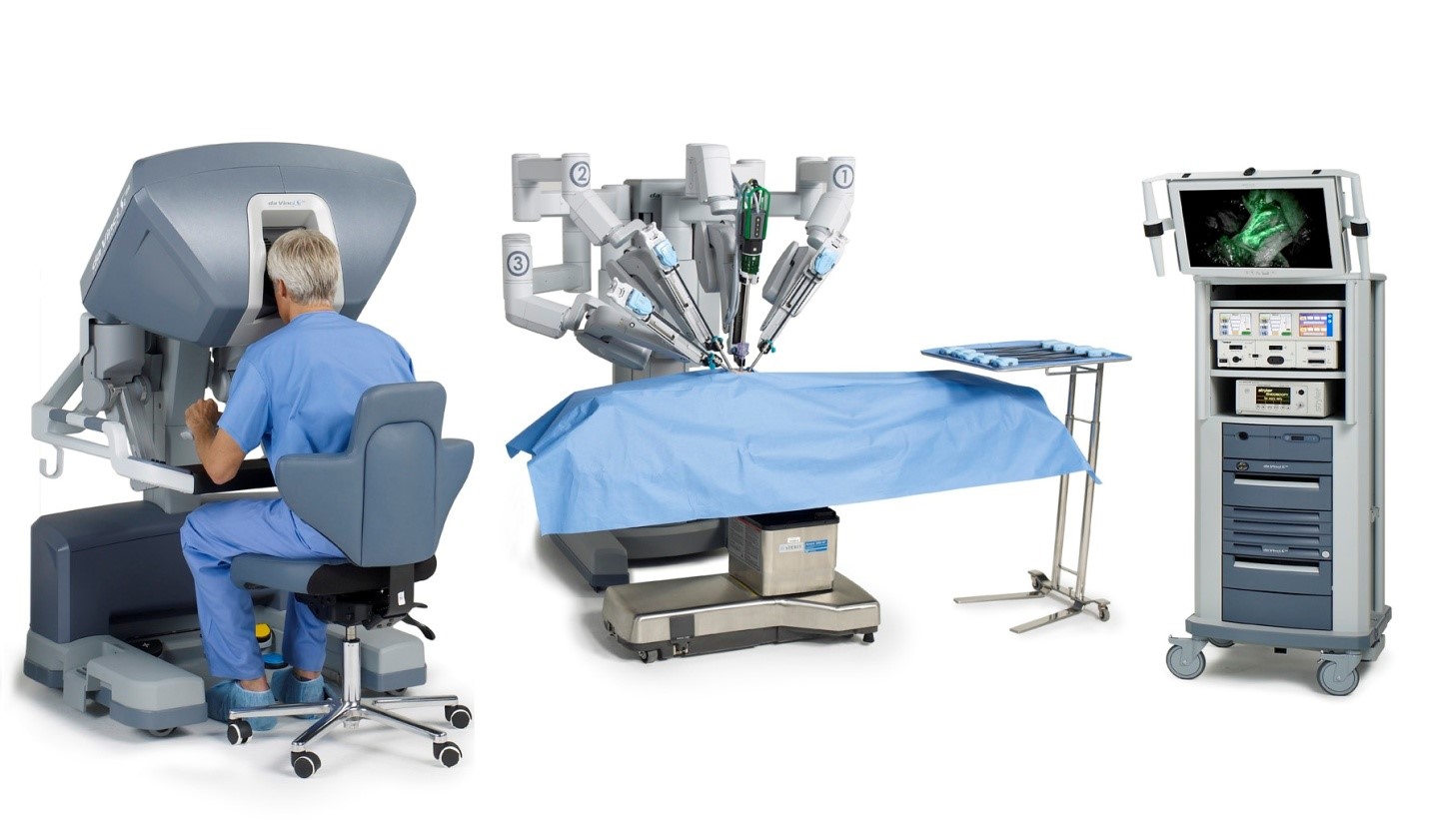- urologist
- 0 Comments
Contrary to popular belief robotic surgery is not done by a robot but is done by a surgeon using robotic instruments.
- Smaller incisions: Robotic surgery allows for smaller incisions than traditional open surgery, which can lead to less scarring and a faster recovery time.
- Greater precision: Robotic systems allow for greater precision and accuracy during surgery, which can help to minimize damage to surrounding tissues and organs.
- Reduced blood loss: With smaller incisions and more precise surgical techniques, robotic surgery can often result in less blood loss than traditional open surgery.
- Quicker recovery time: Because robotic surgery is minimally invasive, patients may experience a faster recovery time and shorter hospital stay than with traditional open surgery.
- Less pain: With smaller incisions and less damage to surrounding tissues, patients may experience less pain and discomfort after surgery.
- Reduced risk of infection: Robotic surgery may carry a lower risk of infection than traditional open surgery, as there is less exposure of the surgical site to outside bacteria.
- Reduced risk of complications: The precision and accuracy of robotic surgery may reduce the risk of complications during and after surgery.
- Improved outcomes: Robotic surgery has been shown to have excellent outcomes for many urological procedures, including prostatectomy, kidney surgery, and bladder surgery.
- Enhanced visualization: Robotic systems provide a three-dimensional, high-definition view of the surgical site, allowing surgeons to see and operate on the area with greater clarity.
- Better long-term results: Many patients who undergo robotic surgery for urological conditions experience improved long-term outcomes, such as better cancer control and reduced risk of recurrence.
